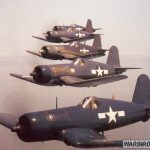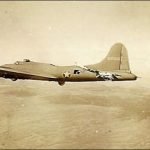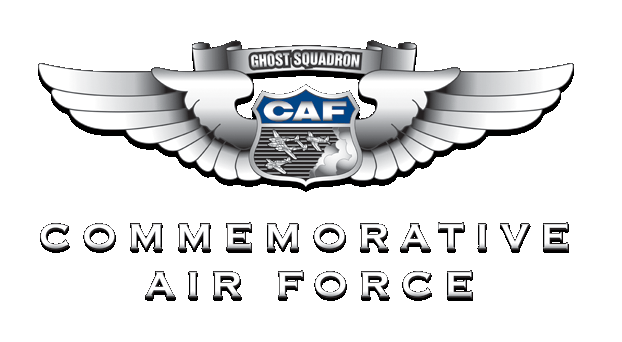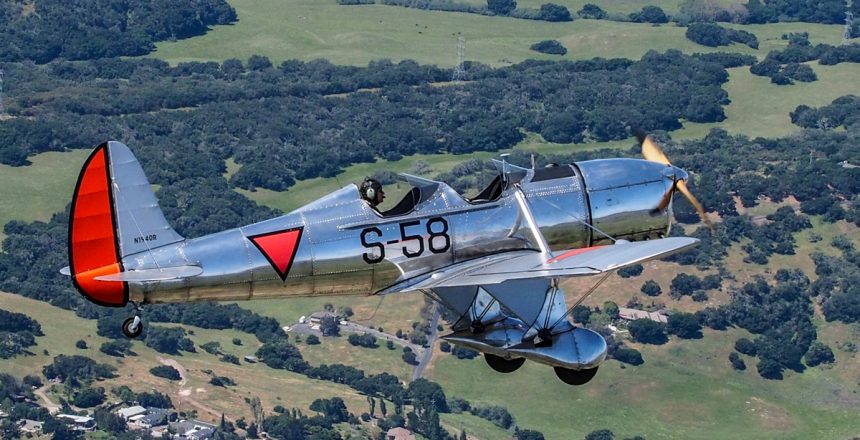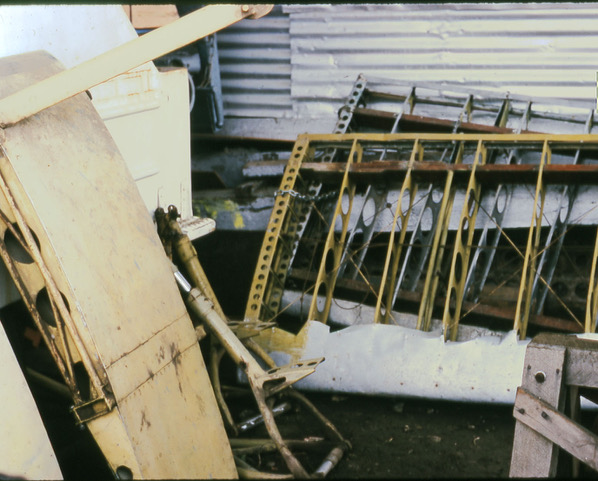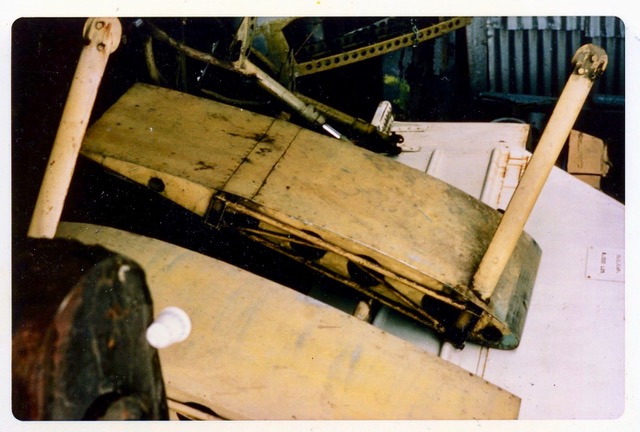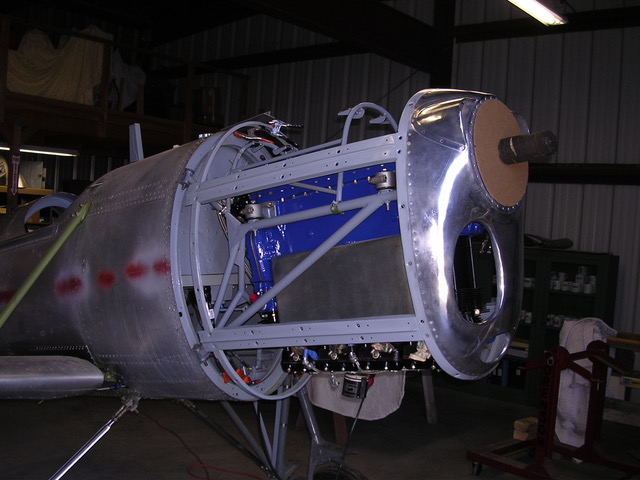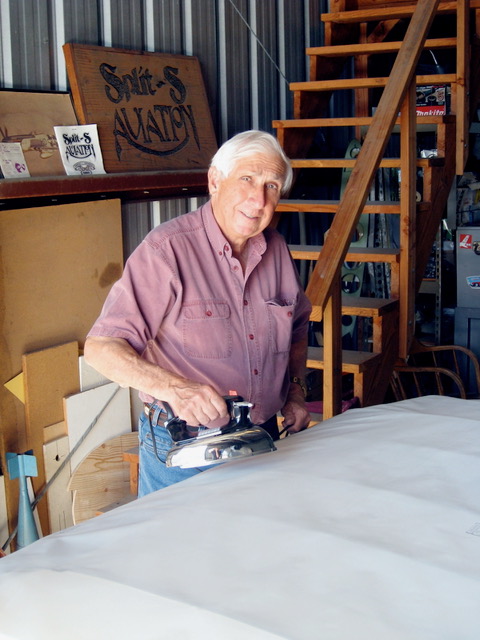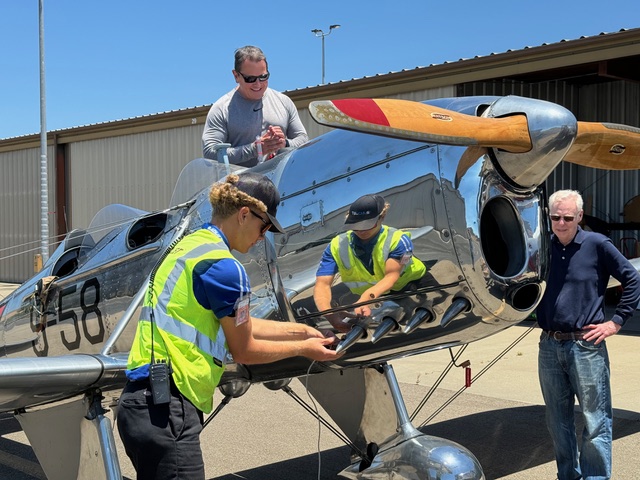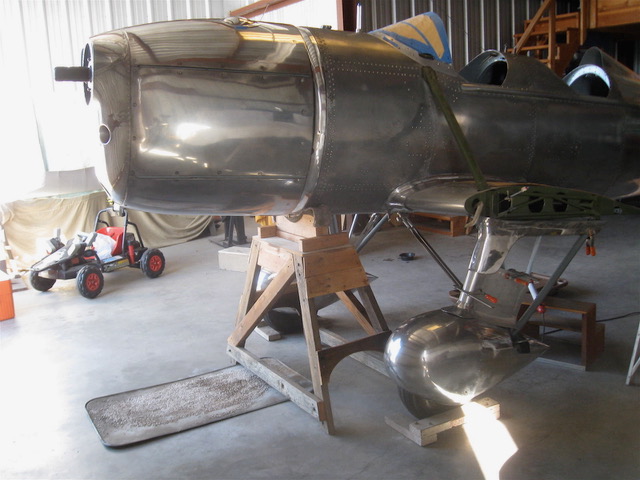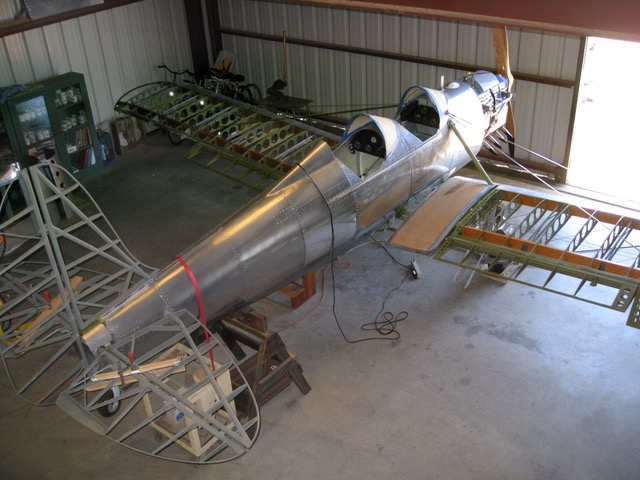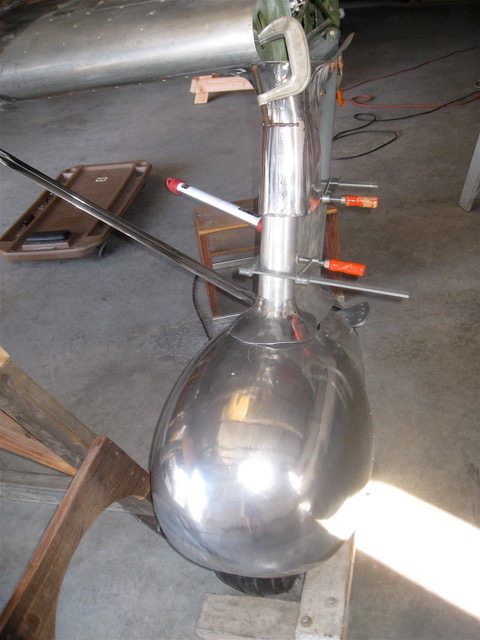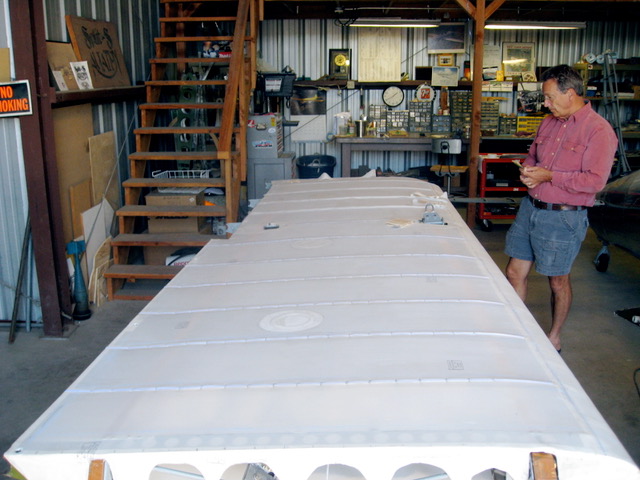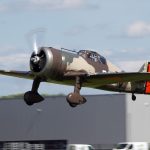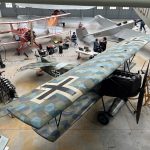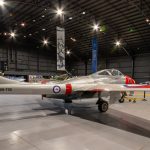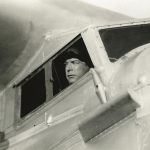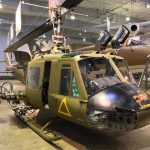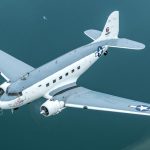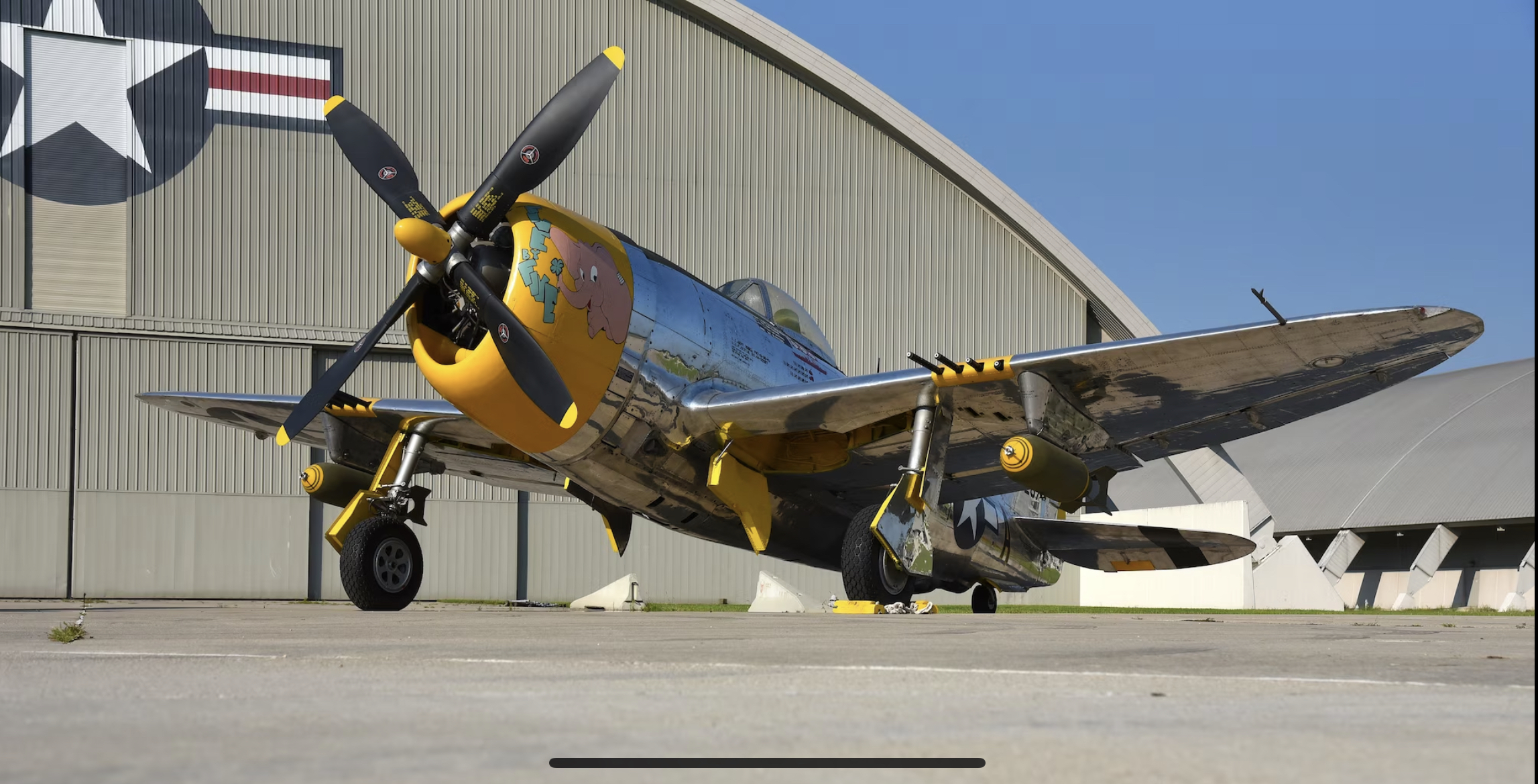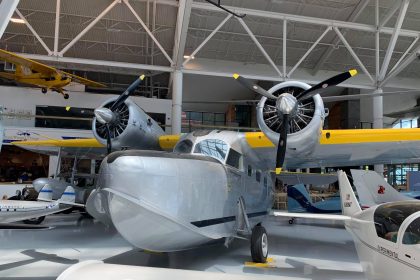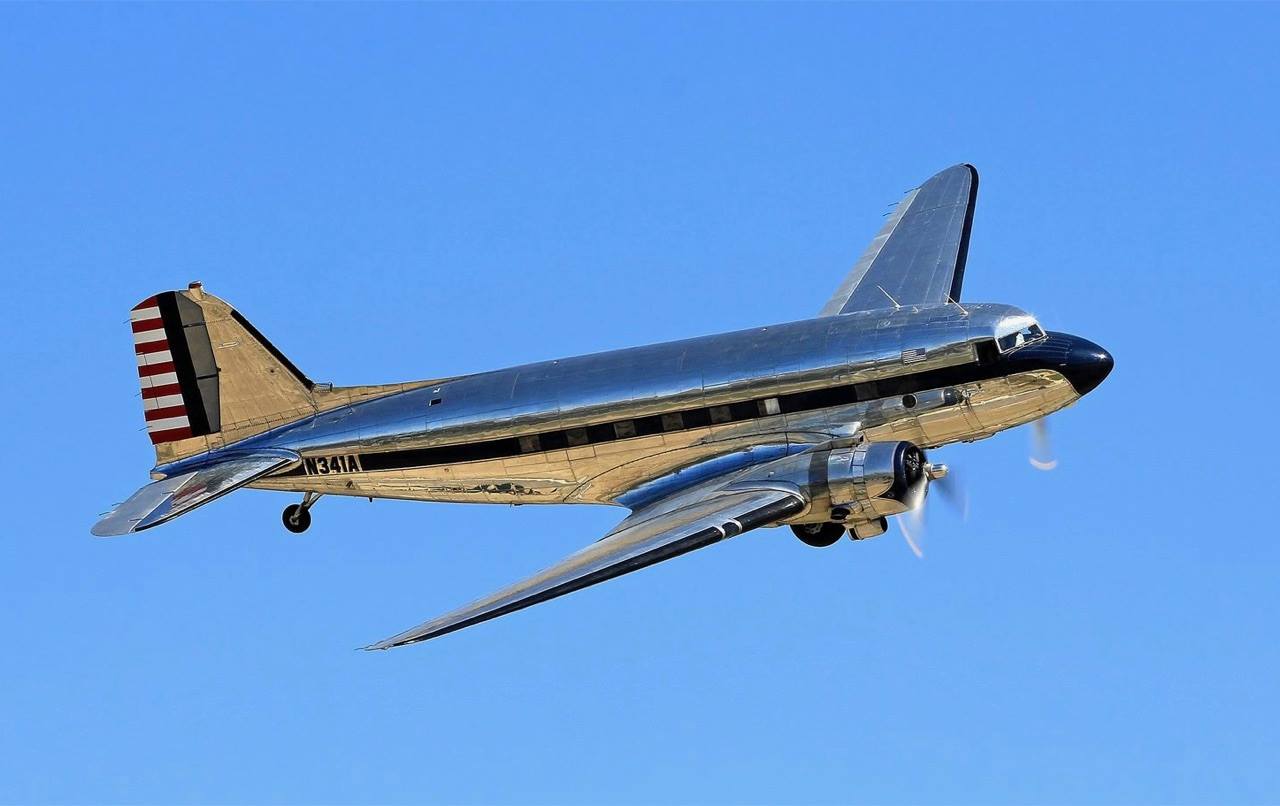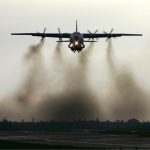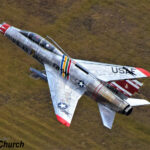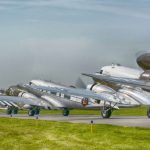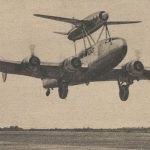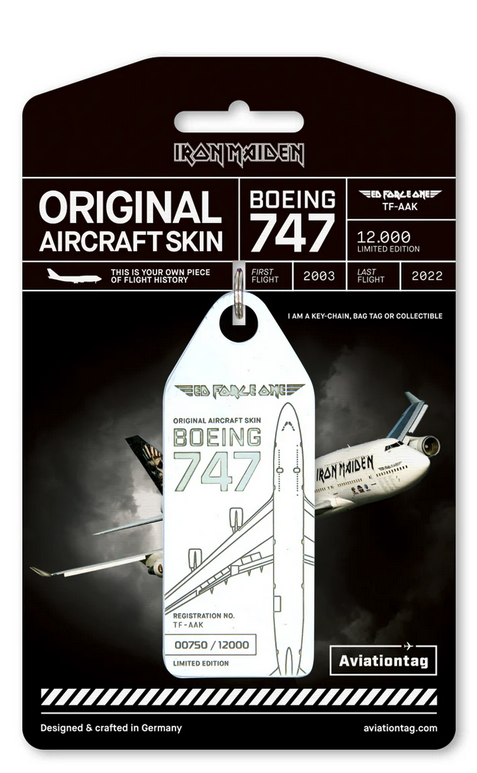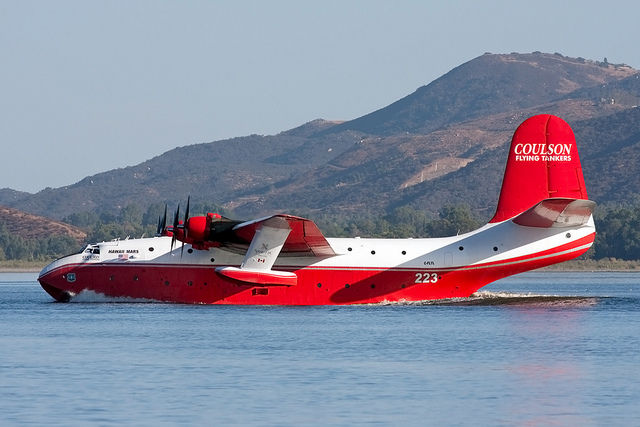By Chris Bucholtz
If you’re traveling on California’s central coast — perhaps on a wine-tasting excursion, or on the way to William Randolph Hearst’s former mansion San Simeon — keep your ears open for the high-pitched purr of a Menasco engine. It’s likely that it belongs to the Ryan STM-2 restored by Bob Devries. The retired Pan Am pilot spent nearly a quarter of a century rebuilding the classic sport trainer with the help of his late brother Bob and a small army of collaborators, returning it to the air after 50 years. That gave him the pleasure of flying the Ryan to air shows and fly-ins — and the joy of flying an open-cockpit monoplane over the beautiful landscapes surrounding its San Luis Obispo base. One major difference from enclosed-cockpit planes: “You can smell things!” Devries says “You can smell the grass, you can smell the ocean spray. If you fly over a cattle feed lot, you can smell the manure! You can feel the change in temperature when you fly over green fields and over sand and rocks. It’s really refreshing. And it’s fully aerobatic — you can go upside down, do a loop or a roll, or do a stall and put it into a spin once in a while.”
The STM-2’s art deco beauty belies its astonishingly tough construction “There weren’t that many aeronautical engineers until World War II, so many of the planes of this era were designed by civil engineers,” said Devries. “If you look at the structure of it, the way the wings are held on, it’s like a bridge. You have wires that are holding it up, and the landing gear is pretty damn strong. They’re built stronger than you would see today in most airplanes. It was a different era.”
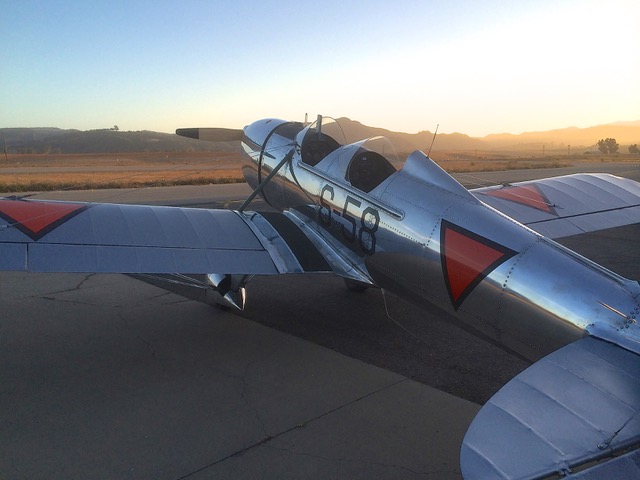
The STM was an evolution of Ryan’s original ST of 1933, of which only five were built. By 1936, the ST had been refined into the ST-A (Sport Trainer Aerobatic) with a 125hp engine, which was replaced by a 150hp Menasco C4S in the ST-A Special. The original 22 STMs, which found use with several Latin American air forces, were nearly unchanged from the ST-A. But when the STM was evaluated by potential military buyers from the USAAC and the Dutch Navy, there was concern that airmen wearing bulky parachutes wouldn’t be able to fit through the narrow cockpit openings. To make the plane military-ready, the cockpit openings were enlarged, and a stringer running the length of the fuselage was moved outside the fuselage. A roll-over brace and a hand-cranked starter were also added. “It had toe brakes on it as well, but that was about all the changes they made,” Devries said.
The Menasco-powered STM met with limited enthusiasm from the USAAC. It ordered 15 as YP-16s for trials and a further 30 as PT-20s for training. Dissatisfied with the Menasco, the USAAC converted many of these aircraft to Kinner radial engines, a combination that found its way to the Ryan assembly line as the PT-21 and PT-22 Recruit. The USAAC ordered 100 PT-21s and 1,325 PT-22 variants, and the U.S. Navy ordered 100 NR-1s, based on the Kinner-powered ST-3. The Netherlands Navy (Marine Luchtvaart Dienst or MLD) had no such issues with the Menasco. It ordered 84 STM-2s and 24 float-ready STM-S2s in 1939 — one of which was Devries’ plane. Ryan STM-2 Construction Number 494 had an eventful life, and dodged destruction on several occasions. It was built at Ryan’s San Diego facility in 1940. In January 1941, the plane was shipped to Los Angeles, where it was loaded aboard the freighter MS Kota Gedah for transportation to the Dutch East Indies (now Indonesia). All the STMs were given serials starting with an “S;” Construction Number 484 became S-58.
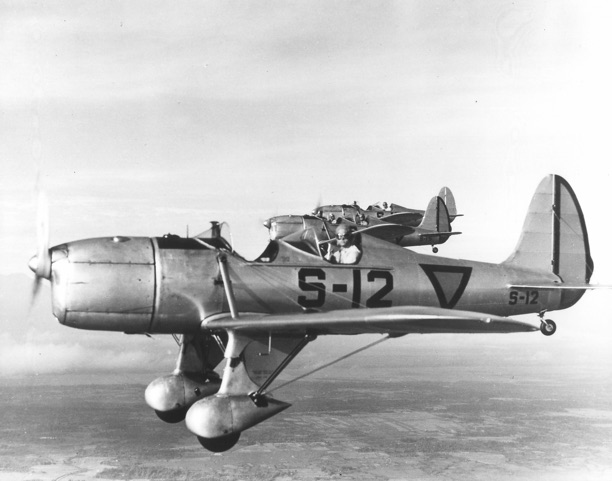
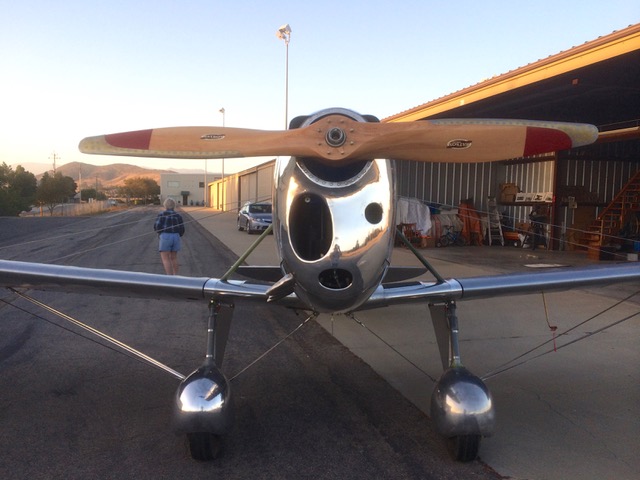
Australia itself was under attack in the early months of 1942, but by the summer it became a hub for training Commonwealth pilots — and they needed trainers. As a result, in July 1942 STM -2 S-58 was given the Australian serial A50-3. The plane was reassembled and received a coat of foliage green paint over the original silver finish. Its orange Dutch triangles were replaced by the blue and white roundels of the RAAF, and it went to work training allied pilots with 24 Squadron and later with the 7th Elementary Flying Training School (EFTS) at Western Junction Aerodrome in Tasmania.
Training at 7EFTS came to a close in December 1944; this STM-2’s war ended earlier when it was placed into storage on Oct. 30, 1944. It was listed for disposal in February 1945 and sold as scrap to Brown & Dureau on March 9. On April 8, it was stricken from the RAAF roster. As the war ended, the plane’s new owners saw profit potential in keeping the sporty plane intact and flyable. It was overhauled at Belmont Common Airfield and in 1946 received the civilian registration VH-AHG. In December of that year, it was sold to the Far Eastern Flying Training School based in Hong Kong, which re-registered it as VR-HDK. Two other STM-2s were used for flying by the school, but this aircraft was reported as a derelict — possibly as a source of spare parts for the other two planes.
The plane changed hands twice in 1950 and 1951, and in March 1951 it found its way to the Philippines, where the registration PI-C324 was applied. In 1955, it was purchased by M.B. Gonzales, a major in the Philippine Air Force, and the original Menasco C4S engine was reportedly replaced by a Lycoming 0-435. But on Nov. 12, 1955, the plane was involved in an accident at Nichols Field in Manila that brought its flying days in the Philippines to an end. It was partially disassembled and left to the elements on the airport grounds. Many small components were pilfered and the weather took a toll on the airframe. Twenty years later, in 1975, Devries came to the STM-2’s rescue. Devries, an airline pilot, had taken to exploring the airports he travelled to in his down time, checking out tips from other airline employees about interesting aircraft hidden in out-of-the-way locations. In fact, he located another STM-2 in Hong Kong that was in much worse shape than the plane he’d eventually own; a Pan Am colleague bought that plane and returned it to the air.
A few years later, “Our maintenance man in Manila knew I was interested in those sort of things, and he said, ‘hey, Bob! There’s something lying in the weeds out behind the commissary building out there! Why don’t you come and take a look at it?’ So I did, and as soon as I saw it I knew what it was.” The STM-2 was not in great shape. “The parts were scattered around; the wings were in one place and the landing gear and stub wings in another,” Devries said. “The wings, I had to re-build completely; they were pretty much rotten. But the tail feathers and the landing gear struts were OK.”
The engine and cockpit interior had been picked over. “There was no firewall forward, there were no motor mounts or oil tank, no fuel tanks,” Devries said. When the Lycoming engine was installed, it had a battery-powered internal starter, and “there was a hole in the fuselage aft of the back cockpit where they had the battery installed.” The Pan Am maintenance man agreed to look into the plane, and soon Devries received a letter saying he’d tracked down the owner. “I paid 250 bucks or something around there for it!” Devries said. Devries arranged for the purchase of the STM-2 for the princely sum of $250. He arranged for it to be shipped back to the U.S., and Filipino workmen built two impressive mahogany crates for the STM’s next ocean voyage.
The plane arrived in Oakland and Devries started work on it, but then he had the opportunity to go to Berlin with Pan Am. He packed up his family and put the airplane in the garage. “I told the people we rented the house to they could have the house, but they couldn’t have the garage!” said Devries, who spent the next 12 years flying out of Berlin, followed by seven years based in Cincinnati flying for Delta. “They shipped me to New York and then to Los Angeles, and finally they kicked me out at age 60 in 1998. I had a hangar in San Luis Obispo, and I’d moved the airplane down here. I moved here in 2000.”
His late brother John moved to the area in 2000 or 2001. “It was fun working with my brother,” said Devries. “He was used to working at Douglas. He’d show up at the hangar with his coveralls on, and he’d have his union badge and everything, just like he’d been at Douglas! He had over 40 years there, so it was like going to work for him!”
The STM-2 was not a particularly exotic airplane to work on — “it’s like working on a car,” Devries said — but it still required plenty of work. “I had to rebuild the structure of the right stub wing, We had to take it all apart and jig it and re-weld it so it was square. It didn’t look like it was damaged, but when I put the wing on it just didn’t line up and we took some measurements and we found that it was out of alignment. Whoever repaired it in Hong Kong didn’t do it right.” Devries was also missing some key components, requiring an international search. “When the airplanes were surplussed out of the RAAF in 1945, there was a guy in Australia who bought up all the spares,” Devries said. “He more or less just left this stuff in an old chicken coop. So some of this stuff was not in good shape. I did find an oil tank and a motor mount out there, and then hauled that back and had it inspected, and put some more strength in the motor mount to make it more durable.”
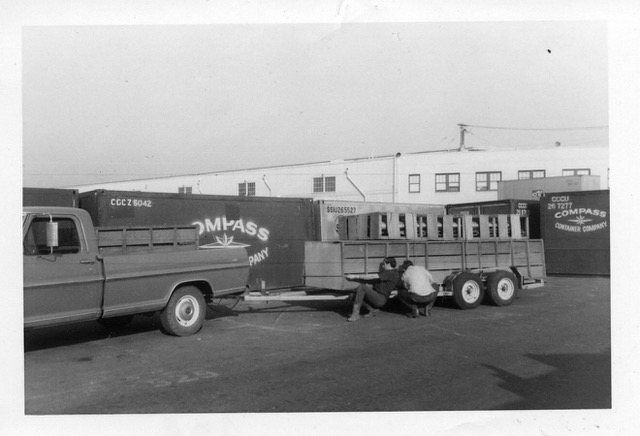
Devries found the prop hub in the Anchorage Aero Museum; the propeller was custom-made for the STM-2 by Guy Watson in San Martin, California. The wheel pants had to be scratch-made. A Menasco D487 engine — similar to the original C4S, but more reliable — was sourced from Canada. A trainload of these engines was headed to Canada to re-engine Gipsy Moth trainers when the war ended; the surplus power plants often found their way into early snowmobiles. A tear-down of Devries’ engine revealed that it had very little time on it.
There was only so much that the Devries brothers could do on their own. “There were probably 20 different people who helped me over time with different things,” he said. The instrument panels were built in a local shop, the plexiglas used for the cockpit windows came from the company than makes F-16 canopies, and the tailwheel springs custom-made at a shop in Chino that restores WWII airplanes. “The pride and joy is the cowling, which is all hand-made by a fellow that worked at Lockheed for years and used to work on the Super Connies. He was a real perfectionist,” said Devries. His vision for the finished aircraft depended on finding one specific talent. “We had a hard time finding people who could weld aluminum properly,” Devries said. “In WWII, everybody used gas welding, but nowadays everybody uses tig welding, which does a good job, but if you want to polish it out it doesn’t work because the weld is too hard.” Devries wanted a polished metal finish, which means stripping a chromate finish off the fuselage. “It was hard to get the chromate off, but it was in fairly good shape,” he said.
One deviation from the original was the brake system — Devries put Cessna 172 wheels and brakes on his STM-2, because the originals are impossible to find. “The aircraft is lighter than a 172, so there’s plenty of brakes for it,” Devries said. “That was a bit of an engineering learning experience, learning to plumb the brakes.”
Once the plane was complete, Devries knew immediately he wanted to restore it to the markings it had work in Java in 1941. Besides the obvious aesthetic appeal of the Dutch markings, he had a personal reason. “My uncle was with Shell Oil, and he was in charge of the Shell port in Balikpapan in Indonesia, which is about 100 miles from where this airplane was based, and he and the STM-2 were there at the same time! My uncle and aunt were trapped and caught by the Japanese and put in concentration camps for five years.” The Dutch orange tail and triangle markings were restored, as was the side number S-58. “That’s was the number and colors when it was in Java when it was flown by the Dutch. I figured that, since it was built for the Dutch, and my family is from Holland, it was right to put it back the way it was originally built.”
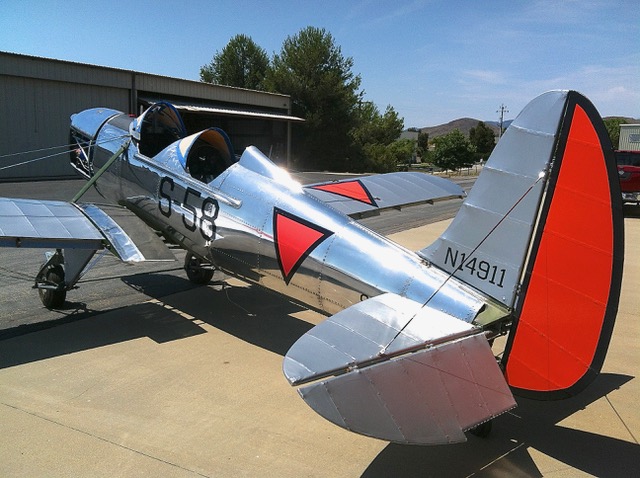
When he turned 75, Devries became unable to get insurance to fly the Ryan. “I have a current medical and I’m still a qualified pilot,” he said. “In 2024 I sold the Ryan to a friend of mine, Kurt Fisher, who owns three other airplanes and flies for Southwest Airlines. He keeps in my hangar rent free — and I can go flying with him when he has availability!”




